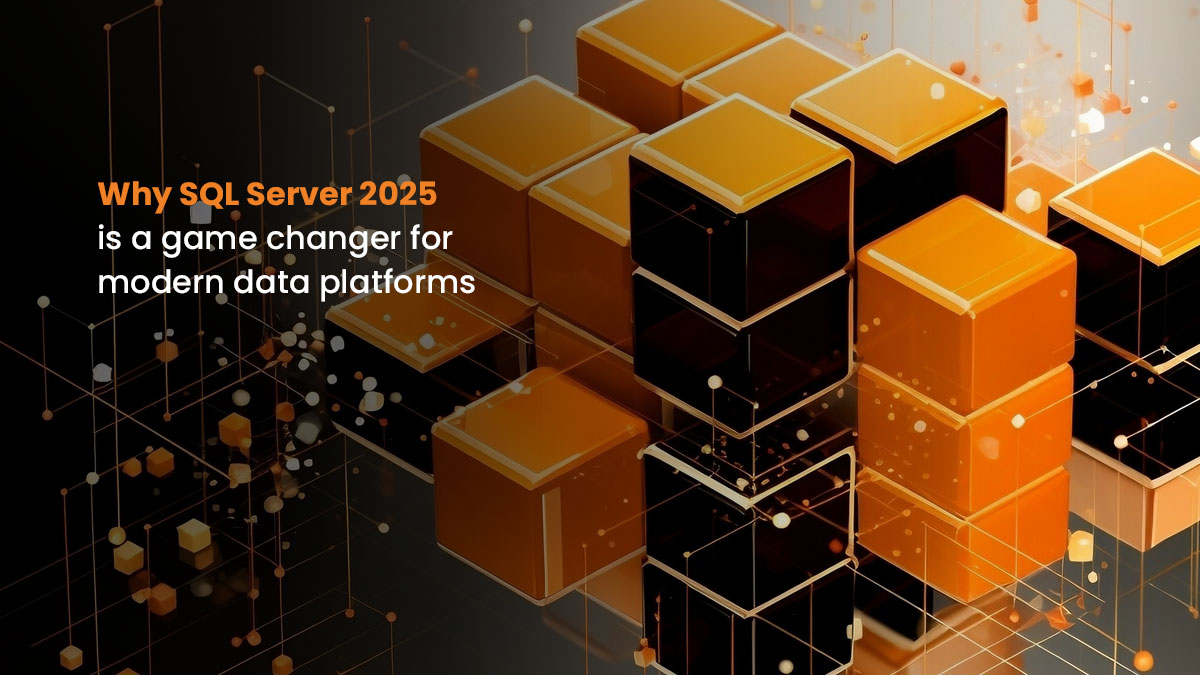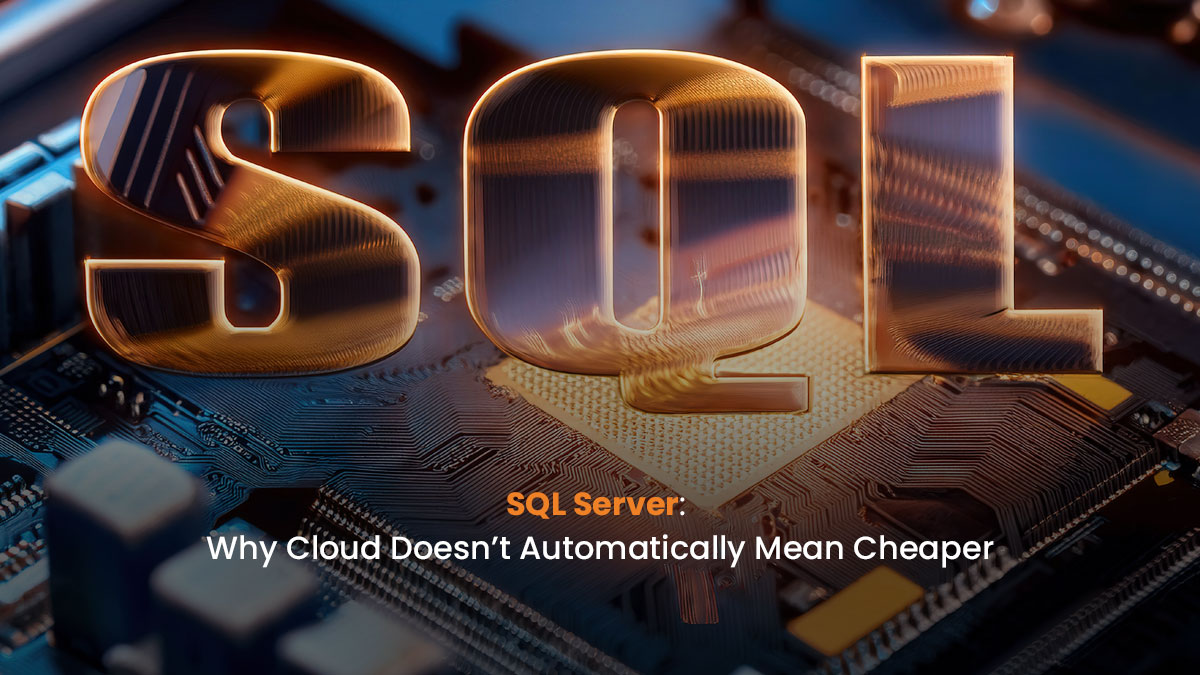Microsoft Exchange Mailboxes: Online, Hybrid, or Local?
In North America today, a large number of organizations continue to rely on Microsoft Exchange as their core email platform. One of the reasons Exchange secured such a strong market presence is its seamless integration with Windows Active Directory environments.
If your organization was established prior to the rise of modern cloud services, there’s a good chance you’re still running a local Exchange server to provide email communications.
End of Support: Exchange Server 2016 and 2019
With Microsoft’s recent announcement that Exchange Server 2016 and 2019 will reach end of support on October 14, 2025, many organizations running on-premises Exchange will need to plan an upgrade to Exchange Server Subscription Edition (SE).
But that raises an important question: Is another Exchange upgrade really worth it?
To answer that, let’s look at a few key considerations:
- Microsoft changed the naming convention for Exchange servers. Does that mean Exchange SE is a radically different platform?
- Microsoft strongly recommends migrating to Exchange Online. What does that mean beyond “the mailboxes are in the cloud”?
- Is your organization already in Hybrid mode? What are your next steps and options?
What’s New in Exchange Server Subscription Edition (SE)?
If you’re currently running Exchange Server 2019 CU15, you’ll find that most of its features are carried forward into SE. Technically, if your system can run CU15, you should have no major compatibility issues with SE.
The most notable change is Microsoft’s licensing model, similar to what’s already been done with SharePoint Server. If you intend to stay on-premises with your Exchange deployment, this change will affect you. If you migrate to Exchange Online or operate in a Hybrid model, the licensing change has no impact.
Exchange Server SE is also the first version to support Windows Server 2025. So, even if you’re not concerned about your current Exchange version’s end-of-life, consider how long you’ll be able to run it on a supported version of Windows Server.
Also worth noting is TLS 1.3 support, introduced with CU15. This is a must-have for secure communications in today’s rapidly evolving threat landscape.
Still, we all know that Exchange upgrades can be challenging some times.
Why Microsoft Recommends Moving to Exchange Online
Microsoft has been clear in its guidance: Migrate to Exchange Online if possible. And most organizations are open to this idea — especially considering how services like Microsoft Teams, OneDrive for Business, and others in the Microsoft 365 ecosystem improve productivity and collaboration with low deployment and maintenance costs.
But migrating to Exchange Online or deciding between Hybrid and Online-only requires a deeper understanding of your environment.
Key Technical Considerations
If you’ve ever deployed local Exchange Server, your Active Directory Schema has likely been extended with Exchange attributes. These attributes are:
- Used to manage mailbox settings
- Maintained through Exchange management tools
- Not removable from Active Directory once added
This creates some limitations to completely remove Exchange from your local environment.
The Microsoft-Recommended Migration Path
Microsoft recommends using two tools for Exchange migration:
- Entra ID Connect (formerly Azure AD Connect)
- Synchronizes users, groups, and passwords from on-prem Active Directory to Microsoft 365
- Exchange Hybrid Configuration
- Establishes integration between your local Exchange server and Exchange Online
This setup enables a Hybrid mode, allowing a gradual, low-impact migration experience for users.
Once migration is complete and all mailboxes are in Exchange Online, you’re faced with a decision:
Do you remain in Hybrid mode or switch to Online-only?
The Trade-Offs of Hybrid Mode
Remaining in Hybrid mode comes with a key constraint: you must manage mailboxes through your local Exchange server.
- Certain mailbox attributes in Exchange Online will be “greyed out” and uneditable
- New mailboxes must be created on-prem and then synced
- Admins must be careful not to bypass this process, or it may break centralized management and create inconsistencies in mailboxes behavior and configuration.
Effectively, you’re maintaining your local Exchange server only for administrative purposes, which adds overhead and training complexity.
Transitioning to Online-Only Mode
If you’re using both Entra ID Connect and Exchange Hybrid, you’re in Hybrid mode. Transitioning to Online-only involves challenges:
- Entra ID Connect syncs Exchange attributes, which limits mailbox management in the cloud
- Removing Entra ID Connect breaks password and account synchronization
- New users will need to be created both locally and in Microsoft 365
This can lead to administrative duplication and loss of streamlined provisioning.
Workarounds and Their Implications
Option 1: Use Entra ID Connect Without Exchange Hybrid during your migration
This method syncs users, groups, and passwords, but will not use Exchange attributes in Exchange online.
- New users created on-prem are synced to Microsoft 365
- Once licensed, mailboxes are provisioned in Exchange Online
- All management can occur in the cloud
Downsides:
- The migration process is manual and less flexible
- You’ll likely need a third-party migration tool
- Mailbox and item migration may require more planning and manual configuration
Option 2: Complete Hybrid Migration with the two tools Microsoft recommended, Then Remove Exchange Server (Unsupported)
Some organizations complete the hybrid migration as recommended (Hybrid + Entra ID Connect) and then decommission their on-prem Exchange server.
- Exchange attributes can be managed using Active Directory tools or custom PowerShell scripts
- This setup is not officially supported by Microsoft
Risks:
- Microsoft Support may require a functioning hybrid setup to assist with future issues
- Mailbox management becomes inconsistent between new (online-only) and migrated (hybrid) users
Option 3: Use a Third-Party Directory Sync Solution
- Migrate as recommended (Hybrid + Entra ID Connect)
- Once done, remove Entra ID Connect, Exchange Hybrid, and local Exchange servers. Then replace Entra ID Connect with a third-party sync tool
This keeps password and account synchronization, avoids Exchange Hybrid constraints, and supports an Online-only model.
Trade-off:
- Additional software to deploy and maintain
- Licensing cost for the third-party solution
- Your technical environment
- Your licensing strategy
- Your internal resources and expertise
- Your business priorities
Conclusion: What’s Best for Your Organization?
Should you upgrade Exchange Server? Move fully online? Stay hybrid?
There’s no one-size-fits-all answer. It depends on:
If you need guidance in navigating these decisions, Exchange specialists can help you evaluate your needs, design the right strategy, and support your transition.
More articles that might interest you

How to Optimize SQL Server Performance When You Can’t Touch Application Code
Enterprise and customer-facing applications, like ERPs, CRMs, and other packaged platforms, rarely slow down because of bugs in their own… Read More
Why SQL Server 2025 is a game changer for modern data platforms
Microsoft has just dropped a major update with SQL Server 2025, and it’s a big deal. This isn’t just an… Read More
